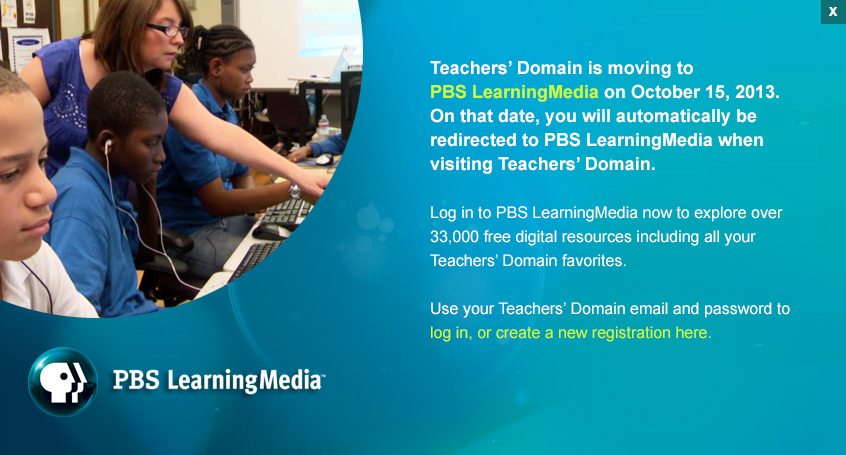Teachers' Domain - Digital Media for the Classroom and Professional Development
User: Preview
Source: NOVA "Eclipse of the Century"
Solar eclipses result from the alignment of the Sun, Moon, and Earth. Total solar eclipses — in which the Sun is completely blocked by the Moon — are a spectacular and rare sight to witness. In this animation adapted from NOVA, see why solar eclipses occur and observe a simulated total eclipse.
Total Solar Eclipse Animation (Audio Description) (Video)
A total solar eclipse — in which the Moon completely covers the disk of the Sun — is a remarkable sight to witness. The geometry of the Sun, Moon, and Earth allows for either a solar or a lunar eclipse at least twice a year; however a total solar eclipse occurs only about once every year and a half. Total solar eclipses last only a short while and are visible only along the narrow path of totality, making these events unusual to observe.
As the Moon crosses in front of the Sun, a series of stages occur in the solar eclipse, as seen in this animated simulation. At first contact, the Moon just begins to cover the disk of the Sun. As the Sun becomes partially eclipsed by the Moon, it appears as if a bite has been taken out of it. The Moon continues to cross in front of the Sun, progressively covering more of it until the Moon completely obscures the Sun. This second stage, called second contact, is the period of totality. During totality, the Moon completely blocks the Sun, dusk falls, and the outer atmosphere of the Sun becomes visible as a wispy ring around the Moon. Totality lasts just a few minutes. As the eclipse continues, the Moon slowly reveals more of the Sun's disk.
During a solar eclipse, Earth passes through a portion of the Moon's shadow that consists of two parts: the umbra and the penumbra. The umbra is the dark center of the shadow where sunlight is completely blocked, and the penumbra is the outer part of the shadow where sunlight is only partially blocked. People on the portion of Earth that passes through the Moon's penumbra can see a partial solar eclipse. People in the narrow path of the umbra, however, can see a total solar eclipse.
Total eclipses are possible because, as viewed from Earth's surface, the disks of the Moon and Sun happen to appear almost exactly the same size. However, orbits are not circular, and as a result, variations occur in the distances between Earth and the Moon and Sun. These variations can create differences in apparent size; this in turn affects the length of totality and may at times produce an annular eclipse, in which a ring of the Sun's disc remains visible around the Moon.
 Loading Standards
Loading Standards Teachers' Domain is proud to be a Pathways portal to the National Science Digital Library.
Teachers' Domain is proud to be a Pathways portal to the National Science Digital Library.
